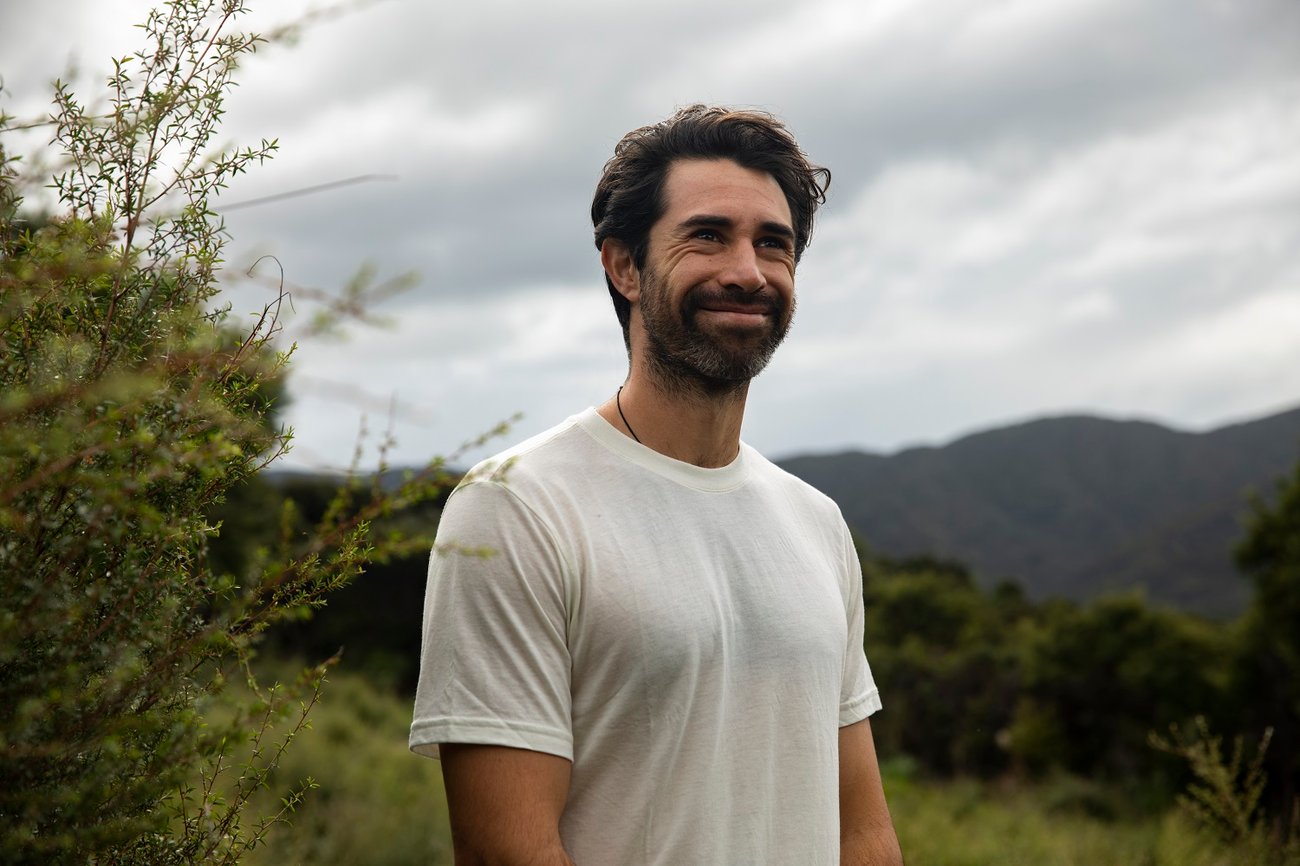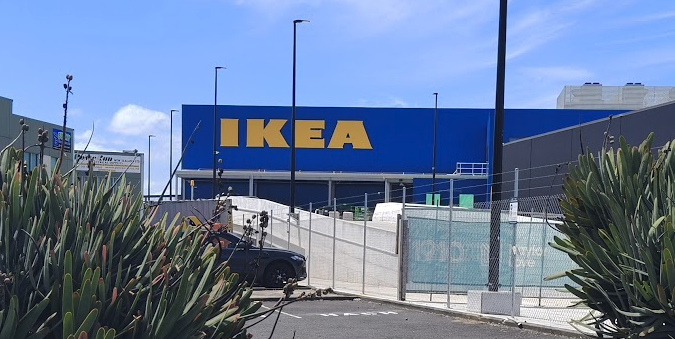
Aotea, a health and beauty brand by Tama Toki is now found in Air NZ amenity bags. But how did this grassroots brand, heavily inspired by Māori traditions get here? Idealog finds out.
Can you share the story behind Aotea—how did the concept originate, and what inspired you to create the brand?
The concept for Aotea originated from my upbringing on Aotea, Graper Island, where I was immersed in rongoā Māori and te taha Māori, the practices of Māori herbal medicine. Aotea is inspired by two primary goals: honouring that upbringing and creating meaningful opportunities on the island. We’re dedicated to building a business that not only generates jobs locally but also supports education through scholarships for rangatahi Māori, helping send young people to school. The product range brings this vision to life by celebrating native flora like kōmarahou, kawakawa, mānuka, and harakeke—plants that are integral to both the brand and our values.
How did the partnership with Air New Zealand come about, and in what ways has it impacted Aotea’s growth and visibility?
The partnership with Air New Zealand came about quite naturally, as they opened applications, and we were fortunate enough to be selected. Working with Air New Zealand, an iconic brand in New Zealand business, has had a profound impact on Aotea’s growth and visibility. This collaboration has given us a reliable contract that anchors part of our business plan, allowing us to plan our growth with greater certainty. Further, the visibility this partnership provides has been invaluable. Our products— the kawakawa balm and harakeke seed oil hand and body cream—are featured in Air New Zealand’s business class and premium amenity kits, reaching an international audience of premium travellers. Our products are also being introduced in Air New Zealand’s lounges, including shampoo, conditioner, hand and body cream, and wash, which amplifies our brand exposure. With their 24 lounges nationally and globally, this presence offers even greater visibility. Excitingly, we are exploring the opening of an Aotea boutique at the airport next year, which will further strengthen our brand’s connection with international travellers.
What does it mean to you to see Aotea’s products on Air New Zealand flights, and how does it feel to reach consumers in markets like Asia and Europe?
We feel a tremendous sense of pride in seeing Aotea’s products on Air New Zealand flights, reaching markets as far as Asia and Europe. It’s incredibly exciting to know that parts of our range travel to such distant destinations, carrying a piece of our story along with them. For us, these products are more than skincare; they’re vessels for our heritage, embodying the unique cultural DNA of Aotea. The native flora we use—such as kawakawa and harakeke—not only speaks to our origins but also shares a part of our cultural narrative with consumers worldwide. It’s a privilege to bring our story and our land to people in faraway places, and it reaffirms the importance of preserving and celebrating that heritage.
The skincare industry is often seen as highly competitive. What sets Aotea’s products apart from others in this space?
What sets Aotea apart in the highly competitive skincare industry is our commitment to vertical integration, which influences every aspect of our operations. From growing our own flora on Aotea (Great Barrier Island) to performing the extraction, formulation, marketing, and distribution ourselves, we’re able to preserve a unique cultural story that would be hard to replicate. This level of integration also gives us the freedom to prioritise sustainability and adhere to tikanga, the principles that guide our work. Our production process is fully circular—by-products like the mulch from the extraction process return to the farm as compost, while hydrosols from plants like mānuka, kūmarahou, and kawakawa fortify the products themselves as an ingredient. Additionally, our commitment to sustainable energy is evident in our solar-powered production, both on the island and in Auckland, where we utilise a solar array and battery bank. By keeping manufacturing in-house, we’re free from the limitations of contract manufacturers, allowing us to pursue sustainable practices with integrity. This approach not only differentiates us but is a privilege that reinforces the essence of Aotea.
Read more: Nearly 5% of NZ’s tech sector is owned by Māori
Aotea’s packaging is distinctive, with a focus on the natural ingredients. Can you tell us more about the design choices and why you emphasised the ingredients on the packaging?
The recently launched Kawakawa Balm has a cleaner more clinical look and feel, whilst still encapsulating the core brand essence of Aotea. The key reason behind this shift is that we wanted the opportunity to elevate and showcase the science behind New Zealand’s native flora and fauna. Many people don’t appreciate this, but most modern medicine originally hails from Nature and often the original discovery of those therapeutic benefits can be traced back to historical medicine practices. A couple of examples of how nature has guided scientific discovery are:
- Cardiovascular medicine – cholesterol lowering medication (statins) are one of the most widely used class of medicines in the world and they were originally discovered through a natural fermentation process of fungi
- Weight loss & Diabetes – most people have heard of Ozempic – it belongs to a class of medicines called GLP1 Agonists. Interestingly, the original science behind these products came from the saliva of a Gila Monster Lizard, which was synthesised to produce the first product in that class of medicines called Exenatide.
Most of the products sold by Aotea were originally inspired by traditional Māori medicine. We are now investing to help everyone understand the science that underpins the benefits that we have seen in practice.




